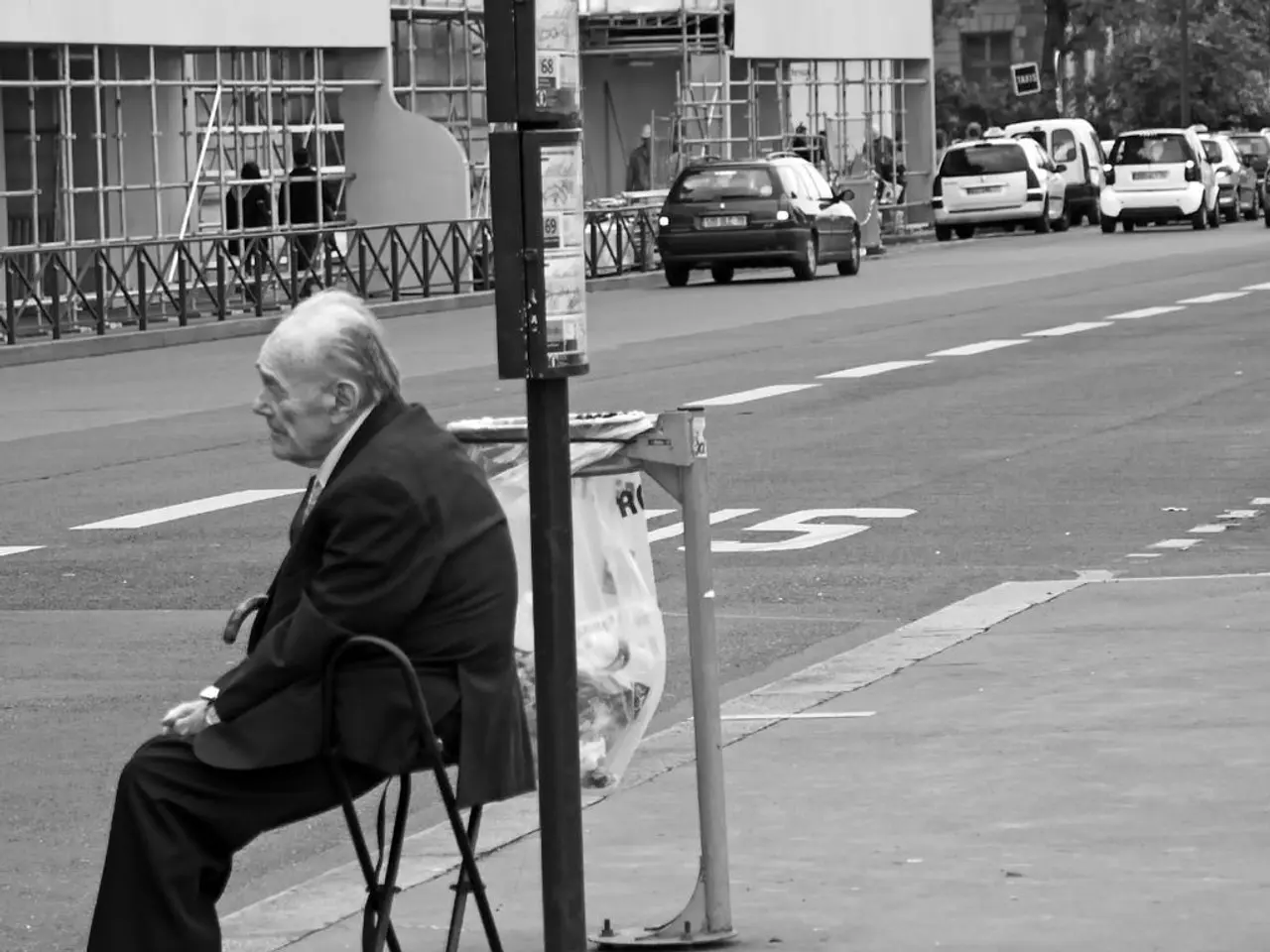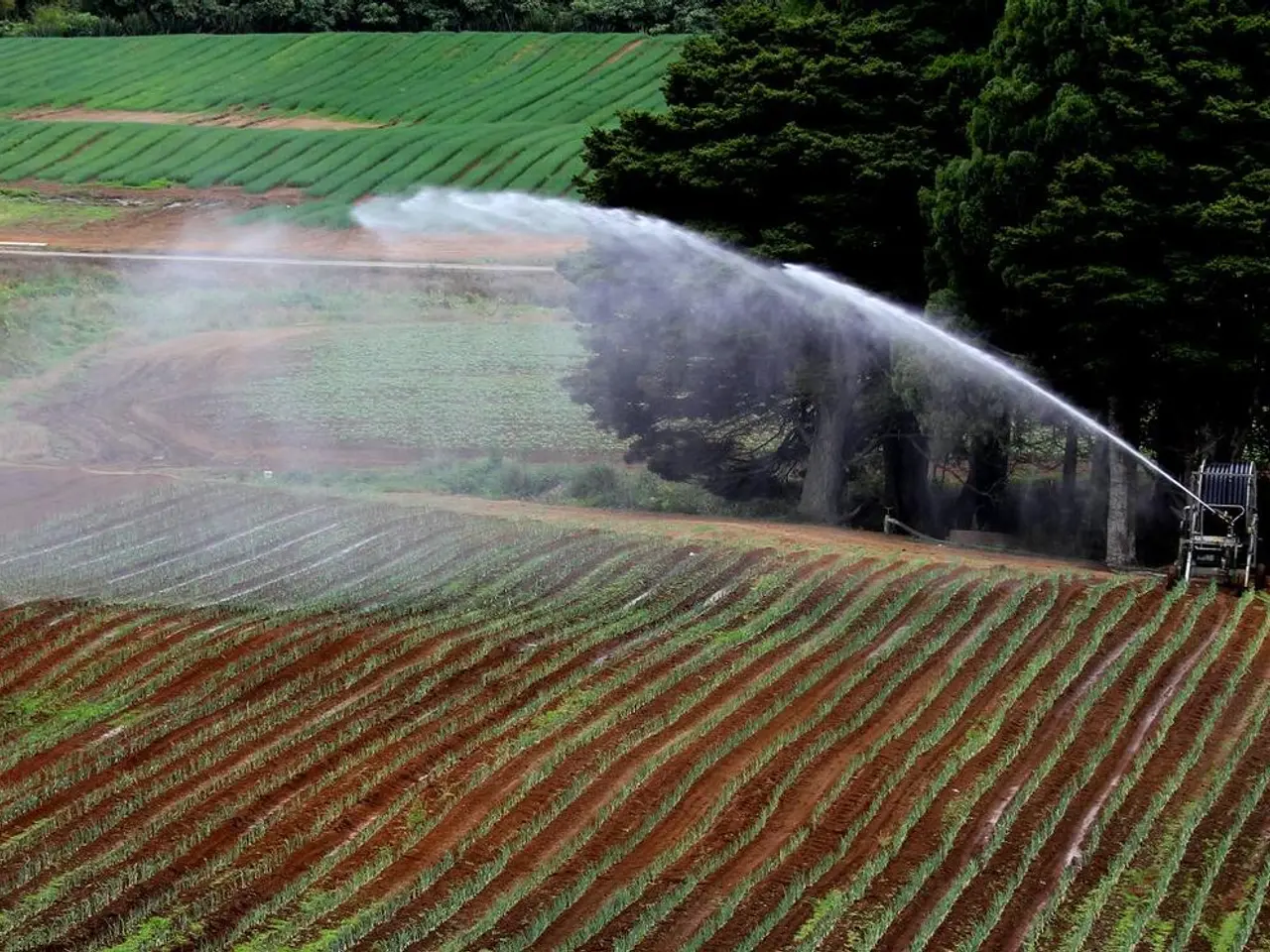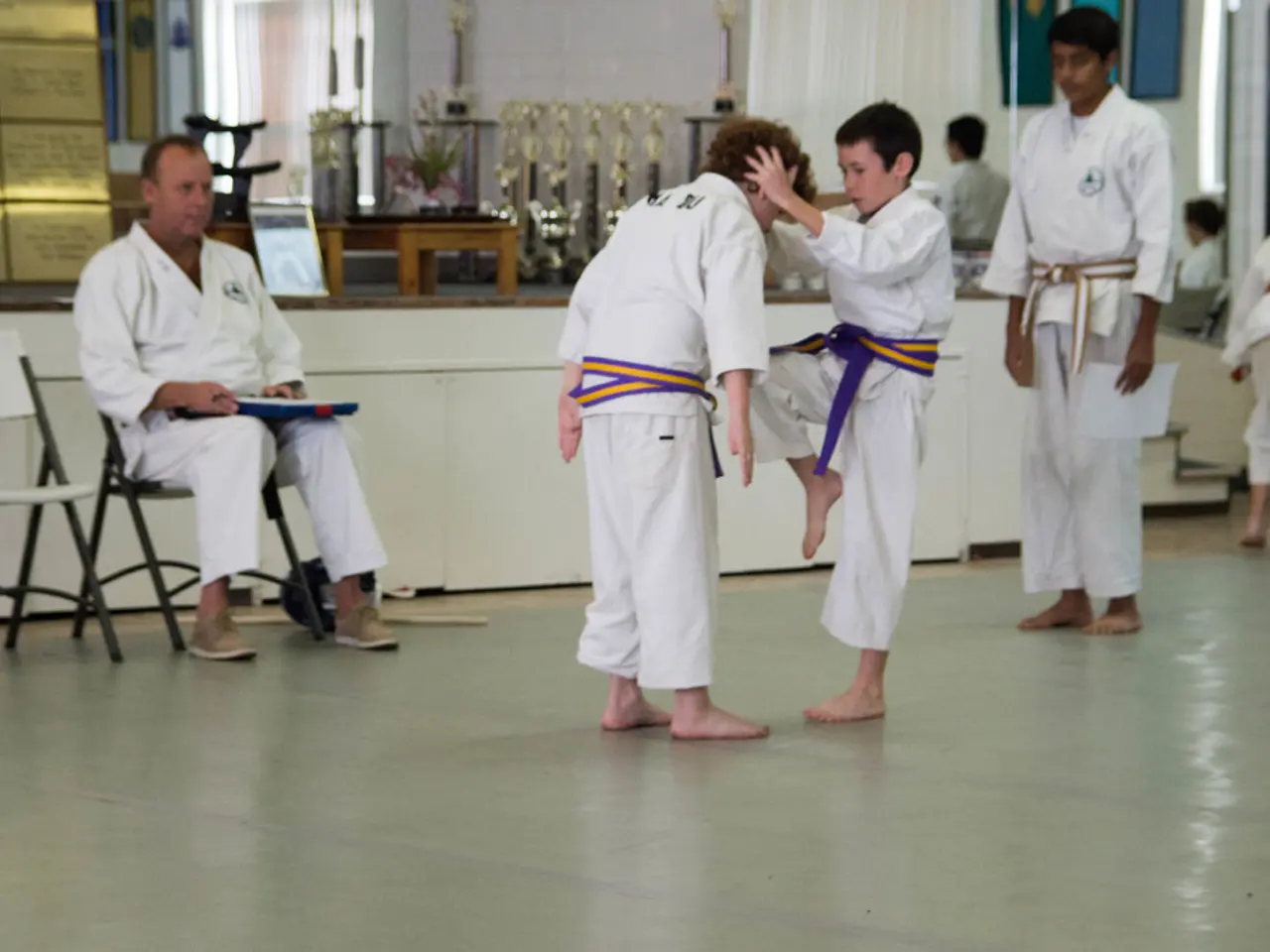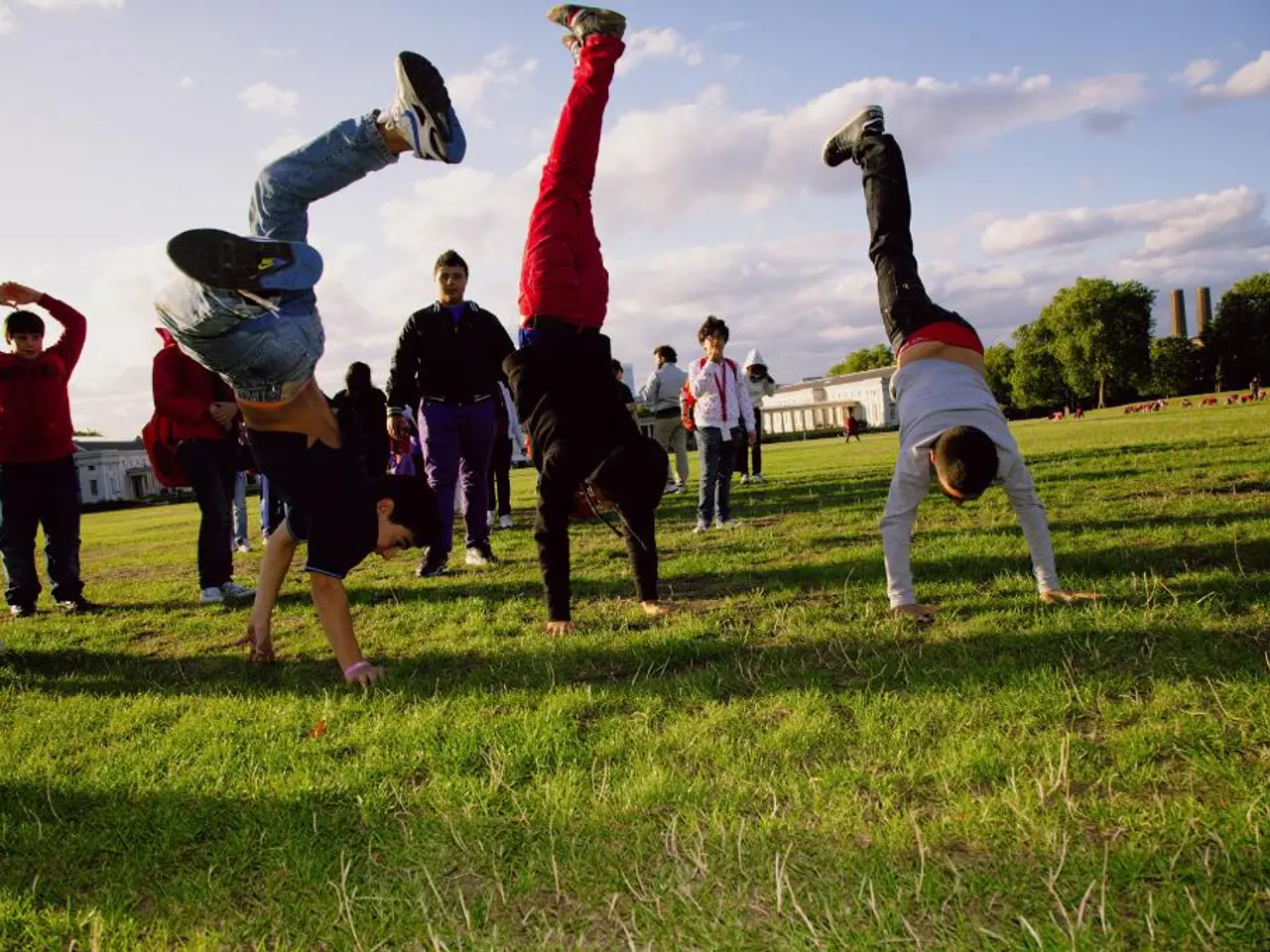Navigating Acne in Your 50s: A Practical Handbook
Acne in individuals over 50, often referred to as adult or menopausal acne, is a common concern that primarily results from hormonal changes, especially during menopause, along with other factors such as stress, diet, skin changes, and product use.
Causes
The primary cause of acne in older adults is hormonal imbalance. As estrogen levels decline and androgens increase during menopause, the skin produces more sebum, leading to clogged pores and acne. This hormonal shift tends to affect the lower face areas, including the jawline, chin, and neck, causing breakouts that are often deeper and more stubborn than teenage acne.
Stress, diet, and skin changes also contribute to acne in older adults. Elevated cortisol from chronic stress increases oil production and systemic inflammation, exacerbating acne. Diets high in sugar, dairy, and refined carbohydrates raise insulin and hormone levels, fueling oil production. Gut health also impacts inflammation and acne severity, with gut microbiome imbalances potentially triggering or worsening outbreaks.
Skin changes with age, such as dryness and reduced elasticity, increase irritation susceptibility. Despite the skin becoming drier, increased androgen levels stimulate more oil production, contributing to acne. Comedogenic products and poor skincare habits can also worsen acne.
Underlying medical conditions, such as polycystic ovary syndrome (PCOS), can also cause adult acne and require specific treatment.
Common Treatments and Solutions
Treating acne in older adults involves a combination of hormonal therapies, topical treatments, stress management, dietary adjustments, and proper skincare.
Hormonal therapies may address hormonal imbalances via prescribed medications after consultation with a healthcare provider. Topical treatments, such as retinoids and exfoliating acids (e.g., salicylic acid), help unclog pores and increase cell turnover but may cause initial purging before improvement. Non-comedogenic moisturizers and gentle cleansers reduce irritation without blocking pores.
Stress management techniques can lower cortisol, improving skin condition. Dietary adjustments, including reducing sugar, dairy, and inflammatory foods while supporting gut health, may reduce acne severity.
A proper skincare routine, involving regular and gentle face washing, avoiding harsh scrubbing, and using products suitable for mature skin, is advised. Persistent or severe acne should be evaluated by dermatologists or endocrinologists to rule out underlying disorders and to customize treatment.
Specific Notes on Menopausal Acne
Breakouts in older adults can cause itchiness or pain. A study conducted by Ronnie Marks found that acne can occur in people in their 50s, with three main types: persisting acne, chin acne, and sporadic acne. As people age, their skin's inflammatory response tends to decrease, which might explain why acne lesions persist in older age groups.
In some cases, prescription medications like topical retinoids or antibiotics may be necessary to target stubborn acne. Seeking professional help is not a sign of weakness but an important step in effectively addressing acne issues in older age.
Choosing a mild, fragrance-free cleanser for gentle face washing can help prevent irritation. Low-dose systemic isotretinoin, a powerful acne-fighter, is found to be a game-changer for older acne sufferers.
Acne can occur at any age, including the 50s, and many seniors experience similar issues. Researchers investigating acne in older adults rule out exposure to pimple-triggering substances or drugs and check for hormonal imbalances and androgen-secreting tumors.
Stress can contribute to breakouts in older adults by triggering the release of hormones that can lead to acne. Resisting the urge to touch one's face can help prevent oil and bacteria transfer, leading to breakouts.
In the 50s, breakouts might appear as red bumps, blackheads, or whiteheads, and can be scattered or concentrated in specific areas like the chin, jawline, or forehead. Sharing experiences and finding a supportive community can make the journey of managing acne in older age more manageable.
- As estrogen levels decline and androgens increase during menopause, the skin experiences increased sebum production, which can lead to clogged pores and acne in the jawline, chin, and neck areas of older adults, a condition commonly known as menopausal acne.
- Stress, diet, and skin changes not only impact acne in older adults but can also exacerbate it, with high stress levels raising cortisol and oil production, unhealthy diets increasing insulin and hormone levels, and skin dryness contributing to irritation despite increased oil production.
- Choosing a mild, fragrance-free cleanser for gentle face washing and seeking professional help from dermatologists or endocrinologists can be effective strategies for managing menopausal acne, as low-dose systemic isotretinoin has been found to be a game-changer for older acne sufferers.




